Tummy Tuck or abdominoplasty
There are several ways of performing an abdominoplasty procedure in terms of the surgical approach e.g. Liposuction only, Mini-abdominoplasty (below the belly button). Full abdominoplasty (above the belly button) and Fleur de Lys (or extended) abdominoplasty (with a vertical scar as well). They are all used widely and each has its pros and cons.
If there is more than about 4-5cm of fat under the skin liposuction might help although this requires special consideration in terms of maintaining blood supply to the area and ensuring good wound healing. Often the type of procedure required is clear from the appearance of the patient’s abdomen.
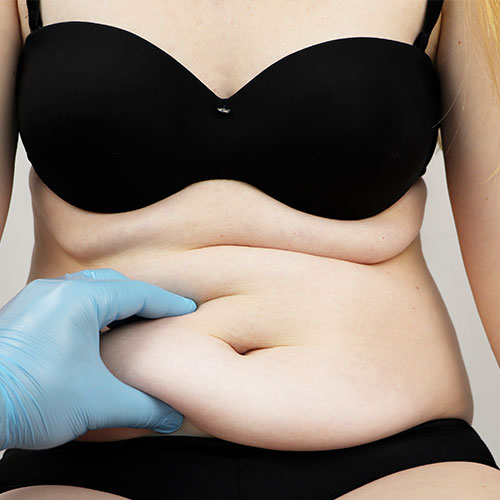
Before the procedure:
Mr Ismail offers a no obligation consultation where he will assess your suitability for tummy tuck. He will take a medical history and examine you to advise you on the most appropriate procedure for you. You will have the opportunity to ask any questions you may have during a relaxed, stress-free consultation. Photographs may be taken as a basis to discuss what options are available.
What is involved?
The procedure typically involves removal of excess skin and fat from the abdomen. Mr Ismail will spend time with you to help you chose the correct procedure that is right for you. The procedure is performed under general anaesthetic, so you will be asleep during the procedure. You will be given adequate pain relief to ensure your recovery is as smooth as possible. You may be advised to wear a gentle compression garment for 6 weeks following the surgery.
Abdominoplasty surgery has an immediate and dramatic effect. There may be some discomfort for a few days and standing straight may be difficult. Initially the skin feels tight, however normally 1-2 weeks after the surgery, the skin should relax. Expect to feel washed out for a few days after the surgery and to tire quickly although you will gradually return to normal energy levels over subsequent weeks.
What aftercare is provided?
You will be followed up closely following the procedure and the tummy is checked one week following the surgery at which point dressings are changed. No sutures are required to be removed following the procedure as only absorbable (self-dissolving) sutures are used.
When will I see the results of treatment?
The results are instant but it can take longer for swelling to fully subside in some people. Scars tend to settle to form fine, flat, pale scars. By 3 months the final result is apparent and most regular activities may be resumed. If you have liposuction bruising and swelling is more common.
How long should I wait until I resume normal activities?
We recommend that you avoid any strenuous physical exercise, excessive alcohol initially after the procedure. It is recommended not to drive for 2 weeks and to undertake light activities only during this time. You should avoid strenuous exercise for at least 6 weeks.
Are there any risks?
All procedures carry risks and it is important to have a full discussion detailing these risks. Mr Ismail will take time to discuss these with you and provide information leaflets with further details.
Potential complications include post-operative discomfort (pain killers will be given to control this), wound infection, wound breakdown, bleeding, haematoma (collection of blood that may need draining surgically), scarring- which would extend across the lower abdomen, at least from hip to hip. There would also be a scar around the belly button. Possibly a small vertical scar in addition. The scarring could become raised, red or lumpy with time (keloid or hypertrophic scarring). There is a chance of asymmetry in terms of the scar position on either side of the tummy. There is a chance of losing the belly button if the blood supply is compromised- this is unusual but is more common in those with long and thin stalks to their belly button.
In some situations, if there is weakness of the abdominal six pack muscles (rectus muscle) this will be tightened during the procedure which tends to improve abdominal contour but can lead to more post-operative discomfort. If you have fullness or fatty tissue in the upper part of your abdomen before the procedure, this is likely to persist following the surgery, as will excess fat in the flanks. Any stretch marks may become more stretched or visible after, although some may be removed during the procedure depending where they are located on your tummy.
There is also the chance of altered sensation of the abdominal area (possibly extending into the thighs) and this varies from person to person. It often recovers with time. The appearance of the abdomen may change with age, weight gain/ loss, pregnancy, and the quality of the skin. Occasionally it can feel as though the mons area has been pulled up and if significant this can pull the vaginal opening upwards.
Drains may be used following the procedure on occasion. Fluid accumulations may occur in the post -operative period which may require drainage. The risk of developing clots in the legs which could spread to the lungs is present with any surgical procedure (Deep vein thrombosis or pulmonary embolus) and precautions will be taken to reduce these risks. Anaesthetic risks are also present and the anaesthetist will discuss these with you. They include sore throat, chest infection and nausea.
When you wake up you may feel disoriented and are likely to have a drip in place. Most people do not have significant discomfort and pain killers will be given during and following the procedure to ensure you are as comfortable as possible. It is important to inform the nurses if you experience pain or nausea.
More information regarding post treatment activities will be provided during the consultation.
You will also have plenty of opportunity to ask any questions you may have.

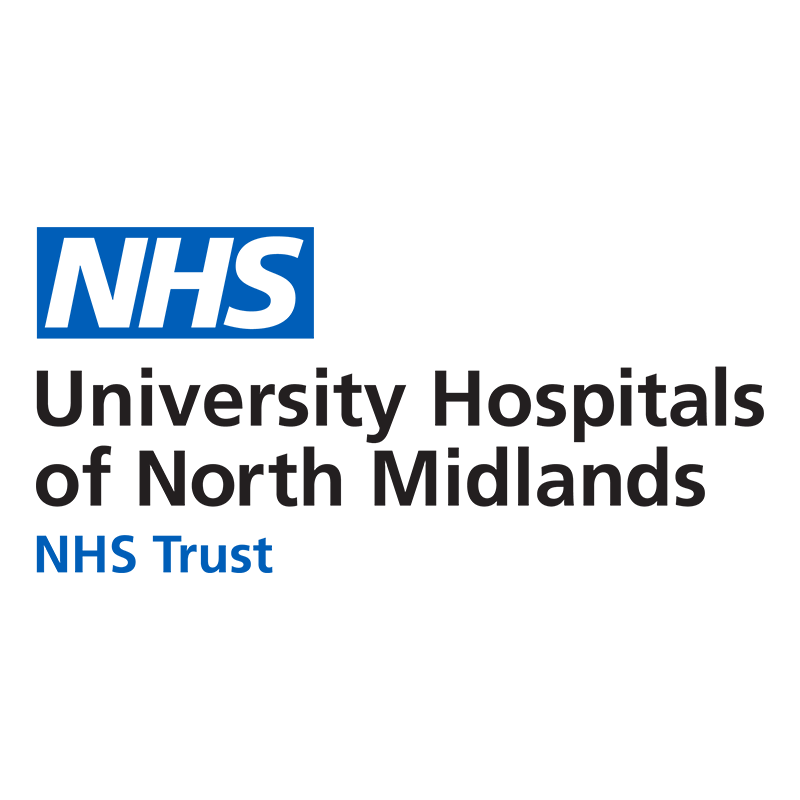
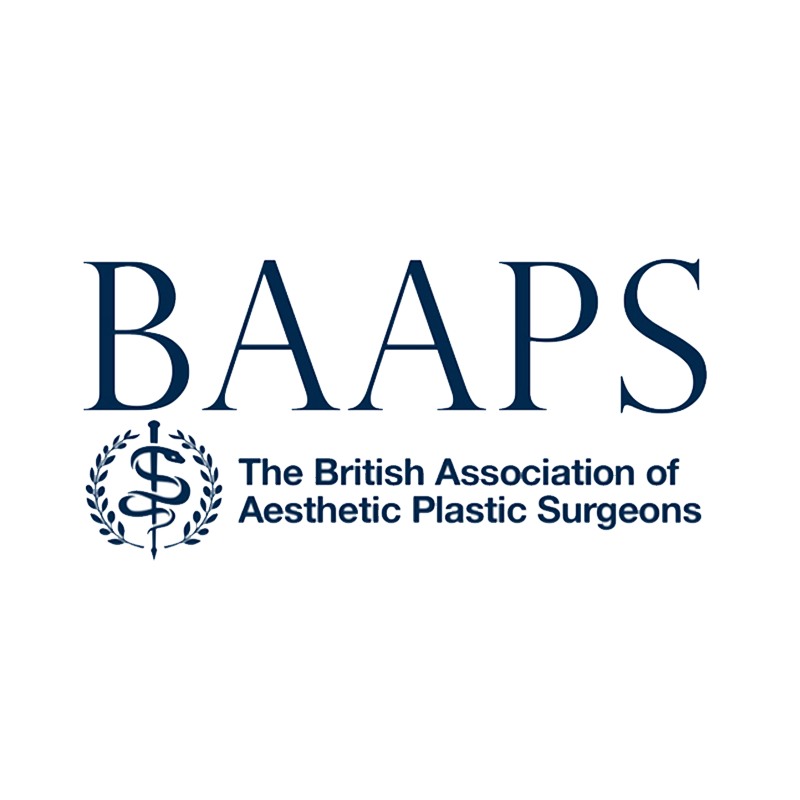
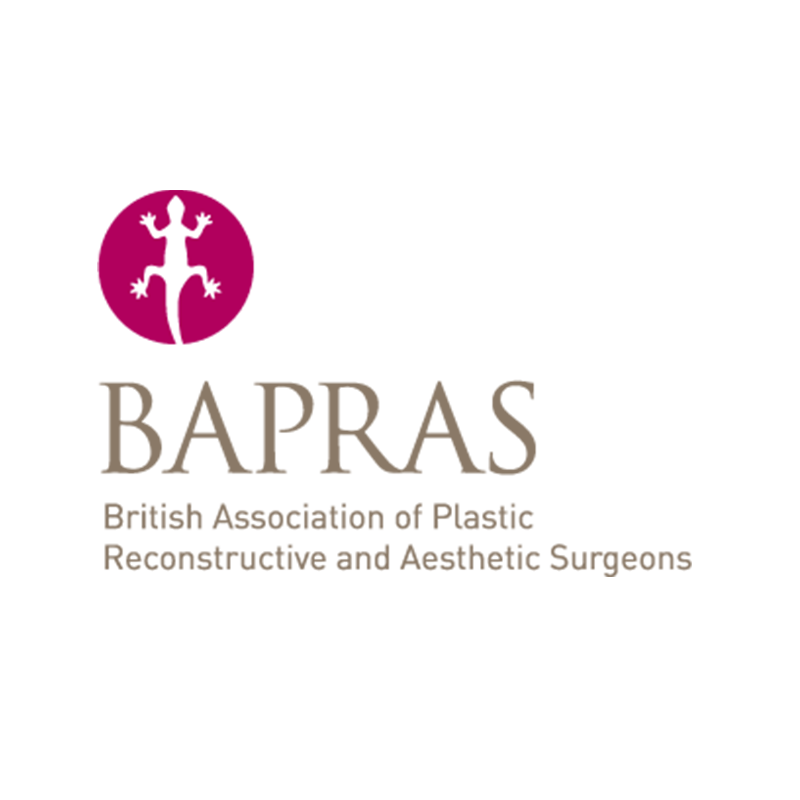
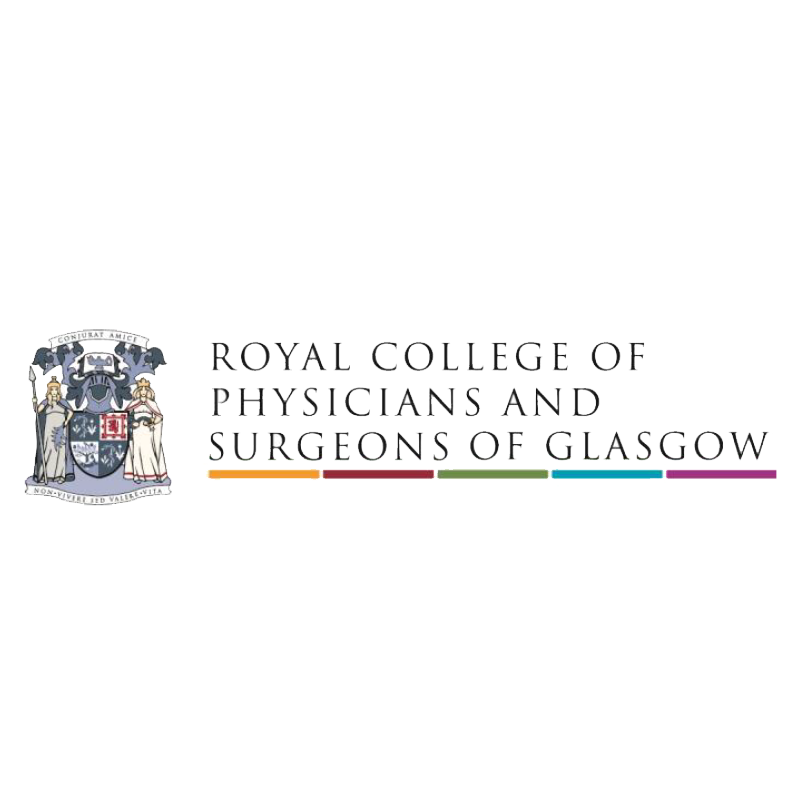


See more Treatments
At Plastic Surgery Solutions we provide a number of different services to suit your needs. View more here: